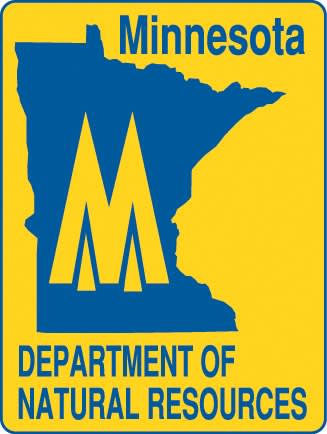Minnesota DNR Helps Hunters Gear Up for Pheasant Hunting

Pheasant hunting doesn’t require a lot of specialized or expensive equipment, but there are some basic items that will make your time in the field more enjoyable and productive.
License/Hunting Regulations Handbook. The trail to good hunting starts with a license. You can get you’re your small game license, pheasant stamp and hunting regulation handbook at any DNR license vendor or online at www.mndnr.gov. License and stamp requirement information is on page 30 of the 2012 hunting regulations booklet.
Maps. Scouting an area will increase your odds of finding pheasants and good maps will help your efforts. Go to www.mndnr.gov for free maps that identify wildlife management areas and Walk-In Access areas. Combined, these programs provide 1.3 million acres of public hunting on 1,550 parcels. A local plat book may also come in handy to identify specific pieces of land.
Shotgun and shells. Bring along a shotgun that you have practiced with and are comfortable shooting. The style or gauge of the shotgun is not nearly as important as your proficiency with it. Since pheasants are fairly tough birds, you will want to choose a heavier load such as 4 or 5 shot and limit your shooting distances to 50 yards or less. This will result in fewer wounded birds. Also be aware that if you are hunting federal land, nontoxic shot is required.
Blaze orange. Minnesota pheasant hunters are required to wear at least one visible article of clothing above the waist that is blaze orange. This could be a hat, jacket or hunting vest. Remember that more blaze orange will make you more visible to other hunters.
Good footwear. Pheasant hunting involves a lot of walking on uneven terrain. Good quality, above-the-ankle shoes or boots provide the comfort and support needed for a day in the field. Since crossing creeks and marshy areas is common, waterproof boots are preferred by many.
Layered clothing. Cool fall mornings often turn into sunny, warm afternoons. Layered clothing will prepare you for a variety of weather conditions. Long sleeves and light gloves will help keep you from getting scratched up when moving through tall grass, cattails or woody cover. Hunting chaps or brush pants will protect legs and keep you dry on mornings when the grass is wet.
Eye and ear protection. Anytime you use a firearm, you should protect your eyes and ears. A pair of sunglasses and foam ear plugs will provide basic protection. More expensive options included coated, colored, high impact lenses and digital hearing aids that enhance some sounds while protecting from loud noises.
A good dog. While a dog is not required to hunt pheasants, a good hunting dog will increase the number of opportunities you have to harvest birds and provide you with a companion in the field. A hunting dog is a year-round commitment. Be sure you are willing to invest significant time and energy before purchasing a dog.
Refreshments. After a few hours in the field, you will need to refuel. Don’t forget water and snacks to keep you going through the day. Water your dog often and consider canine energy bars that are on the market.
Have fun, be safe and good luck hunting!

